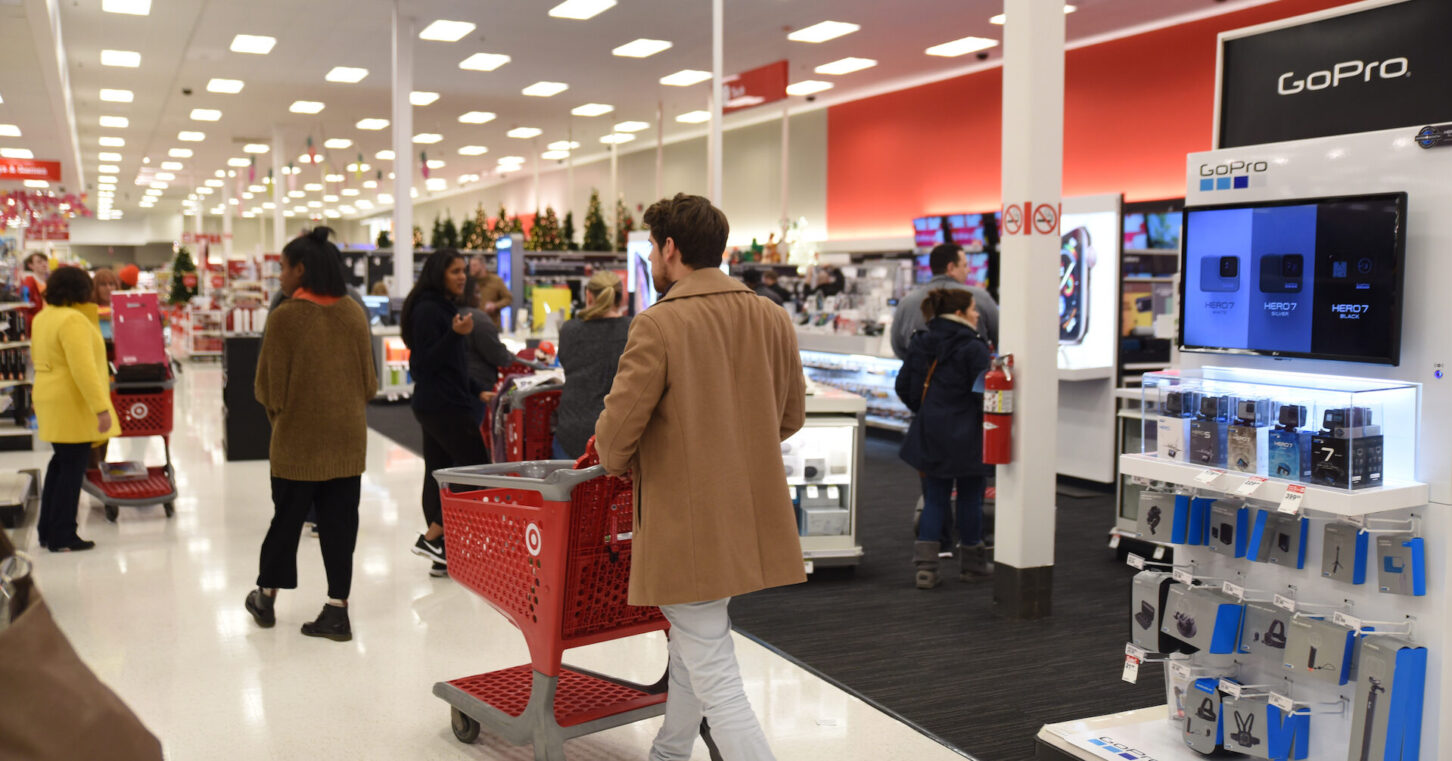
Just like the Grinch, we know that Christmas doesn’t come from a store. But this year, many families across the country are still facing financial hardships driven by rampant inflation as the price of everyday goods continues to rise. And just because Christmas can come without “ribbons and tags” doesn’t mean it should.
A recent analysis shows the average American household now requires an extra $11,434 per year to sustain the lifestyle they had in January 2021, before inflation reached its highest levels in 40 years.
Here are some reasons why this holiday season will be the costliest ever, and the effects that it will have on families.
Thanksgiving costs this year were at unprecedented levels.
Data from The Heritage Foundation show that the costs of common Thanksgiving dinner choices were up by massive numbers over the past two years:
- Turkey – 29%
- Rolls, Cranberry Sauces, and Gravies – 26%
- Stuffing – 35%
- Mashed Potatoes – 13%
- Green Beans, Sweet Potatoes, Pumpkin Pie – 27%
The total increase of Thanksgiving during this time is about 26%, and, of course, these numbers will continue to carry over into Christmas dinner. For a more traditional Christmas meal, the cost of ham is up around 5% over the past year after increasing more than 9% the year prior.
These increased prices force many families to find ways of cutting back on costs. One Tennessee resident even suggested substituting apple or pear pie instead of pecan.
This is getting out of hand!
Traveling home for the holidays has become quite expensive.
Despite overall inflation slowing down from the record peaks seen last year, the negative effects remain. Prices aren’t going down—they’re just not going up quite as fast.
One area that has seen a massive cost increase is travel. Between April 2021 and April 2022, airfares experienced a 33% surge. And while there was a slight decrease in the last year, as one analyst explains, this isn’t a story about declining prices; it’s about prices stabilizing at a particularly high level.
For those driving, gasoline prices have decreased considerably in 2023, but they are still much higher than in January 2021.
As all of these numbers show, for many people, the cost of being together during the holidays is higher than ever.
Some Americans are forgoing gifts because of inflation.
PNC Bank’s Christmas Index, covering the total cost of all the gifts in the old jingle “The Twelve Days of Christmas,” increased by about 20% over the past three years. But those of us not particularly looking to hire 10 lords a-leaping are also out of luck this Christmas, as presents are costlier across the board.
A recent poll from Monmouth University shows that a majority of Americans (55%) are cutting back on their holiday shopping due to inflation. Middle-income families especially are choosing to limit or reduce their Christmas spending compared to prior years, because they can’t afford the new price tags. For those earning less than $50,000 per year, the number rises to 67%.
Not only that, but many people are still in debt from Christmas spending last year, and find themselves applying for more credit cards this year to cover the costs, further driving them into a debt spiral.
Rising energy costs are forcing families to decide between keeping their homes warm and purchasing gifts.
It’s not just Bob Cratchit who needs more coal for the fire. Rising costs of energy are making it hard for many Americans to keep their home warm on a budget. This Christmas, areas of Georgia will see average low temperatures dipping into the 20s and 30s, yet energy prices have increased by about 25% since January 2021. These prices cast a harsh light on the struggle to balance warmth and festivity.
All of these factors paint a stark picture of the challenges families are confronting this holiday season.
Finally, there are solutions to these issues.
Good public policy centered on limited government, low taxes and economic freedom can play a crucial role in addressing economic issues stemming from high inflation.
Policies aimed at limited government intervention can focus on stabilizing prices by reducing excessive monetary expansion and curbing government spending. This can help control inflationary pressures, preventing further price hikes on essential goods and services.
Economic freedom, coupled with low taxes, fosters an environment where businesses thrive. Lower tax rates can incentivize investment, innovation and job creation, ultimately boosting overall economic growth.
These principles can contribute to more prosperous Christmases to come.